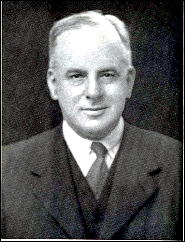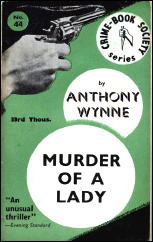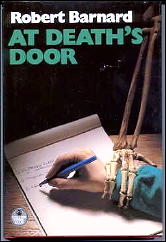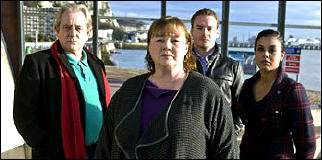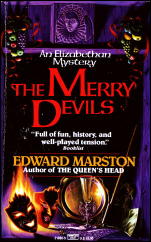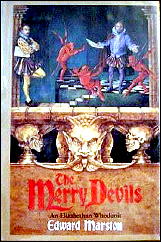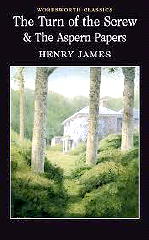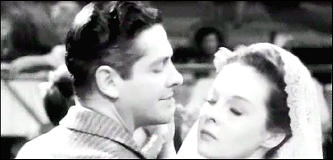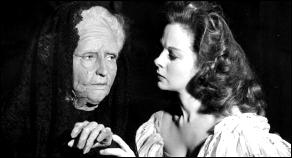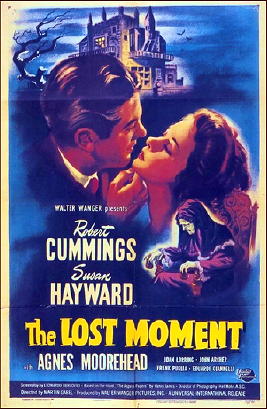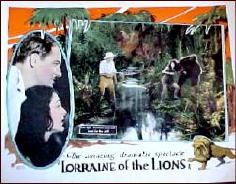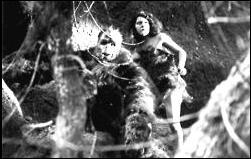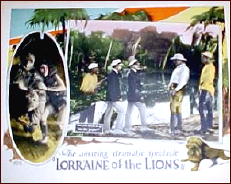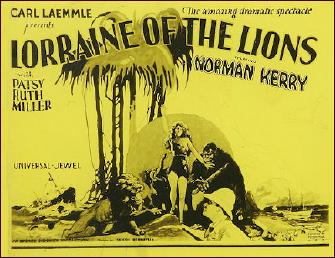Thu 23 Sep 2010
A TV Series Review by Walker Martin: THRILLER (1960-1962).
Posted by Steve under Reviews , TV mysteries[11] Comments
by Walker Martin
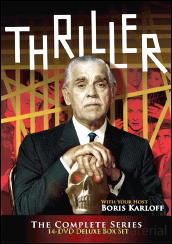
We all remember the golden age of fantasy, SF, and horror television. Anthology series such as Twilight Zone, Outer Limits, Night Gallery, Alfred Hitchcock Presents, One Step Beyond. One of the very best was Thriller, hosted by Boris Karloff and lasting 67 hourly episodes during 1960-1962.
I was just a teenager at the time but I still remember skipping dates and not watching Phillies baseball, just in order to not miss the show. A few years ago I managed to track down a bootleg set of all the episodes on DVD, and I relived the joy of watching this great black and white spooky series.
Somehow I had forgotten just how bland and mediocre some of the crime and mystery episodes were. All I had remembered were the great horror stories like “Pigeons from Hell,” “The Grim Reaper,” “The Cheaters,” “The Hungry Glass,” and others.
After watching a dozen or so of the early crime episodes I was beginning to think that my memory was playing tricks on me and that the horror shows were from some other show.
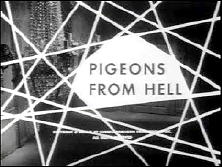
Then I got smart and started skipping around and watching the episodes out of order, especially paying attention to the eighteen episodes adapted from Weird Tales, that great pulp of the supernatural. Yes, you read right, I said eighteen of the stories are from Weird Tales!
After watching these eighteen shows and other horror adaptations from various sources, I was able to even enjoy some of the crime and mystery plots, though in my opinion they could not begin to compare with the horror episodes.
Frankly, I never figured the entire series would see an official DVD release but I am glad to say that I was mistaken. Image Entertainment recently released a box set containing all 67 shows and included such extras as over two dozen audio commentaries, mainly on the horror episodes, isolated music scores, episode promos, an so on.
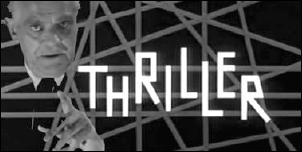
Since I had viewed all 67 shows just a few years ago, my intent initially was to only watch the horror stories again, and listen to the commentaries. But fate stepped in and I stumbled across an announcement that Pete Enfantino and John Scoleri would be hosting a discussion on Thriller by way of a blog.
Comments are welcome and each day a different show is covered, starting from the first and continuing to the 67th and last one. There are also breaks for interviews and topics like “The Girls of Thriller”. Each show is rated by a system of “Karloffs” from zero to 4 Karloffs.
I am happy to say that this discussion has become part of my daily viewing. Each day I watch an episode and then look at the blog to read about what Pete and John have to say.
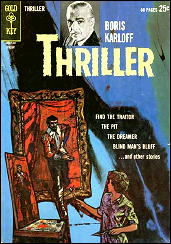
They are only on the 17th episode as I write this, and now would be a good time to dive in and join the fun. Especially since the horror episodes are starting to be discussed and you can skip some of the bland, more mundane crime shows. Or you can watch them also and then read what they have to say, and what they say is always done with wit and humor.
The discussion takes place at www.athrilleraday.blogspot.com and gets my highest recommendation. It’s a lot of fun talking about the old Thriller shows, and comments are encouraged.
By the way, the Thriller box set has a list price of $150 but is heavily discounted at the online stores. For instance I paid only $97 from Amazon. Even though I already had a bootleg set, I consider this “official” release money well spent.
